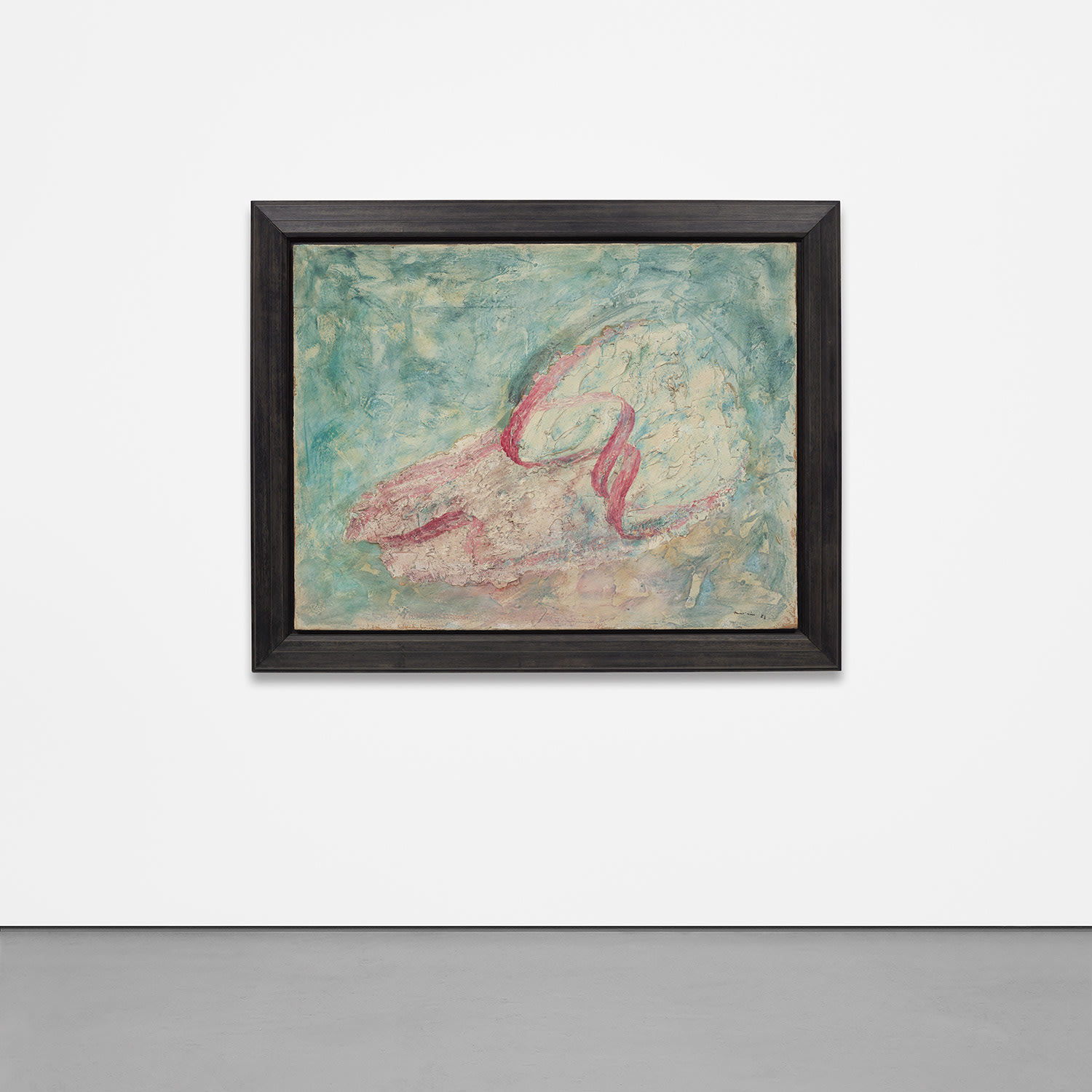



Property from a Distinguished Collection
32Ο◆
Jean Fautrier
I'm falling in Love
signed and dated 'Fautrier 57' lower right
oil on paper laid on canvas
89 x 116 cm (35 x 45 3/4 in.)
Executed in 1957.
This work will be included in the forthcoming Jean Fautrier catalogue raisonné being prepared by Marie-José Lefort, Geneva.
This work will be included in the forthcoming Jean Fautrier catalogue raisonné being prepared by Marie-José Lefort, Geneva.